1) Send in the droideka!
TELEGRAPH: Ukraine buys thousands of armoured robot buggies to hold front lines
CNN: Ukraine is relying on drones to hold back Russian advances. Troops on the frontline are fearing the worst
Okay, so we’re not quite there on the droideka, but we’re not that far off either.
Ukraine has bought thousands of uncrewed robotic ground vehicles to shuttle ammunition and supplies to infantry in the trenches and evacuate wounded soldiers.
The buggy-like vehicles, an example of how technology is transforming trench warfare in Ukraine, would spare troops from operating in areas near the front where Russian shelling and drones are rife, Mykhailo Fedorov, the deputy prime minister for innovation, said.
The bottom line is consistent: machines replacing people (here, drivers and medics) in the battlefield.
How many would Mr. Fedorov really take, if he could? Ten times more.
That’s a lot of treasure substituting for blood.
The use of military technology has rapidly evolved, even as the war has been locked in a bloody, attritional struggle with no major battlefield changes despite Russia’s recently accelerating gains 33 months since the 2022 invasion.
What happens when the “attrition” is mostly or even exclusively about the “attritable”? What are your calculations of battlefield success?
We are about to find out.
You know that WWII-movie staple where the one guy runs across the open space so as to make the enemy sniper fire from his lair, revealing himself to the good guys’ counter-sniper? Well, now they have decoy drones just to tire out your shooters.
Russia has been launching thousands of long-range drones per month, making heavy use of low-cost “decoy” drones that wear down Ukraine’s air defence forces, as they see a blip on the radar and are forced to shoot it down.
Sense the coming pointlessness of it all?
Good.
Fedorov bought 1.6m drones (yes, million) this year and hopes to buy a lot more next year (maybe 16-20m). The goal? Mounting the first great drone swarm attacks:
“I think next year will significantly increase the percentage of autonomous drones with targeting,” he said. “We might see the first real drone swarm uses, though not on a massive scale. The first steps will happen.”
Oh yes they will.
The Russians tolerate casualties in the range of 1,200/day — kind of stunning. So, clearly Ukraine survives by fielding drones to counterbalance. For now, Moscow’s willingness to sacrifice hordes of soldier-pawns seems to be working just well enough.
“The situation is very critical,” said East, the callsign of a commander of a drone unit working around Pokrovsk. “We lack infantry to fight and hold out for some time while the drones do their work. That’s why we often see situations where the enemy uncontrollably penetrates vulnerable areas.”
Meanwhile, Ukraine struggles to recruit because going to the frontline and actually fighting as a human strikes too many men as a suicide mission.
“The enemy is advancing because there are no people defending on the ground,” [sniper call-sign Kashei] continued. “Nobody wants to sit there. There is a very high chance that they will not come back.”
Russia isn’t winning with superior forces. It’s winning because it’s willing to suffer 3-4 times as many casualties as far less populated (44m to 144m) Ukraine can tolerate.
The future of conventional war is a complete dead-end.
2) Despite medical advances, infections remain the big human killer in modern warfare
NYT MAGAZINE: Modern Warfare Is Breeding Deadly Superbugs. Why? Researchers are trying to understand why resistant pathogens are so prevalent in the war-torn nations of the Middle East.
Trauma care for soldiers continues to improve, but so do the “superbugs” that bedevil their recovery.
This is a problem that spills over into other, non-warfare domains:
By 2050, The Lancet predicts that antimicrobial resistance will kill 8.22 million people per year, more than the number currently killed by cancer. (For context, Covid claimed an estimated three million lives during all of 2020.) And a growing body of research suggests that the 21st-century way of warfare has become a major driver of that spread. Nations of the Middle East, like Iraq, Syria, Yemen and Afghanistan, now suffer from particularly high rates of multidrug-resistant pathogens, and some of the world’s most fearsome superbugs have incubated in the region — Klebsiella pneumoniae, Pseudomonas aeruginosa, E. coli, MRSA and perhaps most notably A. baumannii, a strain of Acinetobacter that traveled home with U.S. soldiers, where it became nicknamed “Iraqibacter.”
Tell me if this doesn’t remind you of causality/guilt regarding climate change:
As wealthier countries bomb poorer ones, devastating essential infrastructure, they have created the tragic social conditions that foster antibiotic resistance. The public-health fallout knows no borders and can carry on indefinitely, even after the bombs stop.
Bad karma, just like with chemical weapons but slower and more comprehensive.
As one doc put it:
“If you dismantle the health infrastructure of urban life, you can take more lives than bombs could ever do.”
All this suffering in a world where we could just have our drones fight your drones out in the countryside or high in the air or way offshore.
Doesn’t that sound healthier for all involved?
3) Israel isn’t leaving Gaza; Gaza is leaving Israel
NYT: Israel Builds Bases in Central Gaza, a Sign It May Be There to Stay
H/T Jeffrey Itell.
Just more evidence of Israel’s strategy of diminishment-leading-to-dissolution.
Irredentism at work:
Israel captured and occupied Gaza in the 1967 Arab-Israeli war, maintaining Jewish settlements and military bases there. The country withdrew its troops and settlers in 2005.
Some Israeli ministers have said that the military control in Gaza should pave the way for renewed Jewish settlement, although Prime Minister Benjamin Netanyahu of Israel has ruled that out for now. The former Israeli settlement of Netzarim — for which the military corridor is named — lies within the area now fully under Israeli control.
ir·re·den·tism
/ˌi(r)rəˈdenˌtizəm/
noun
a policy of advocating the restoration to a country of any territory formerly belonging to it.
Nineteen large bases and dozens of small ones already built, with construction only accelerating.
Facts on the ground.
The IDF has bought into the idea:
Amir Avivi, a retired brigadier general who is regularly briefed by Israel’s security establishment, said many of the country’s military leaders now believed “withdrawing and separation are no longer options.”
Israel is demolishing wide swaths of urban blocks, replacing them with military bases.
See if you can spot the two-state solution in these before and after photos:
I’ve said it from the start, comparing it to the US response to Pearl Harbor: victory is defined as the complete elimination of the threat vector — in this instance the Gaza Strip. No more strip, no more threat vector.
Israel no longer merely mows the grass.
4) Making Russia poor again
YAHOO: Russia’s ruble is still worth less than a penny, and the Kremlin’s piggy bank for propping it up is running low
What, Vlad worry?
The ruble has come off its lows from earlier in the week after the central bank halted all foreign currency purchases for the remainder of the year, but it remains battered—and resources for preventing a further collapse are shrinking.
Back when Vlad assumed power (right at Y2K), a USD commanded 27-28 rubles. Now, it commands four times that amount (114).
The value of the ruble relative to China’s yuan is also heading south, meaning …
Over the summer, Russian businesses and banks were already suffering from a shortage of yuan, which is the most traded foreign currency in the country and a critical lifeline for the economy.
Russia’s sovereign wealth fund stood at $140B before the war.
It now stands at $55B.
This is how Putin has financed much of this war: running down that wealth.
By way of contrast, oil-rich Norway’s sovereign wealth fund is worth something like $1.7 TRILLION.
The difference between a well-run state and a kleptocracy: Russia full of oligarchs; Norway full of happy people.
With whom would you rather conduct business?
5) It’s an either/or proposition
REUTERS: Trump's trade threat runs into inconvenient dollar truth
The basic argument, because it’s key:
Trump has repeatedly stated that he wants to boost U.S. competitiveness and reduce its yawning trade deficit, which he blames on other countries' unfair economic practices. But how can he do that while simultaneously preserving the dollar's strength and unrivaled status as the world's reserve currency, which has for decades helped fuel American consumers' purchasing power?
His "America First" goals of expanding domestic energy production and deepening the country's status as the world's leading tech hub could, all else being equal, lead to an appreciating exchange rate. But this would be at odds with his other "America First" goal: boosting U.S. manufacturing.
Point being, if you want to boost exports, you want a weak dollar (our exports cost less and thus are more attractive to foreign buyers) and low interest rates (which boosts domestic and foreign investment in our export capacity).
But if you want the dollar to remain the dominant reserve currency in the world, then you want it strong, because the strength of the dollar plays a crucial role in its dominance in international finance and trade.
If, per Trump’s stated desire, we excel in high tech and energy exports, more foreign markets will seek out the dollar for such imports, thus strengthening its value, but then encouraging Americans to buy imports (which are then cheaper).
In short, there ain’t no such thing as a free lunch. Every gain comes with some pain … unless you just refuse to pay your bills and declare bankruptcy every so often — as a wise orange man once told me.
That’s where the whole tariffs-are-great thinking comes in: I’ll excel in these exports and keep the dollar strong but I’ll limit imports with high tariffs, which I then use for things like lowering taxes and helping out domestic players who suffer those retaliatory tariffs (like soy farmers).
Problem remains though: higher prices passed onto American consumers = inflation. Also, because trade partners are retaliating, the cost of your exports go up as the cost of imported components go up.
You spend just a little time on this stuff and you quickly realize/remember why everyone hates economics and economists.
It’s maddening!
6) When will Beijing learn?
DEFENSE NEWS: Beijing sharpens tone over US missile launcher in the Philippines
This is like the corollary to the Trump paradox cited just above:
China wants a big and powerful military to intimidate all its neighbors.
But those neighbors just retaliate by buying more of the best stuff from the US.
Which pisses off Beijing, whose tone and actions further sharpen.
Which is just great for LockMart and other big arms exporters.
Buddy, we can do this all day long.
It’s child’s play for us.
Seriously.
7) Texas is doomed?
NEWSWEEK: Donald Trump's Tariff Threat Could Devastate Texas
Do tell:
Economists have warned Donald Trump's plan to impose a 25 percent tariff on all products entering the United States from Mexico and Canada could have a dramatic impact on the economy of Texas, with one predicting it would cost 370,000 jobs in the Lone Star State.
I can live with that.
But maybe the people of Texas … or America as a whole?
Speaking to Newsweek, Ray Perryman, CEO of financial analysis firm The Perryman Group, said the move would have a "disproportionate impact" on Texas. Referring to a Perryman Group study which he said will be published next week, the founder asserted: "If 25 percent tariffs on all goods from Mexico and Canada were to be implemented and maintained, we estimate that the annual losses to the U.S. economy would be about $250.6 billion in annual gross domestic product (2024 dollars) and about 1.97 million jobs. These losses amount to almost 1 percent of U.S. GDP.
Temporary pain!
Didn’t Musk say we’d all be taking some sort of haircut … while Tesla pays him $56b for his part-time management of the company?
I’m beginning to think it really is the size of the dog in the fight that matters.
Anyway, it’s all just bluff and negotiating tactics. Everybody will cave simply to maintain access to our “beautiful” economy.
Texas’ problem is that it is a large and successful exporter — a reality that will suffer greatly in this tit-for-tat scenario. But shouldn’t Texas just produce for itself and America? Making both great again?
So maybe … this all works out.
Call me dumb and/or dumber, but I’m saying there’s a chance.
8) You CAN take it with you?
NYT THE MORNING: A Broken System
The rich have their ways:
The federal estate tax — which is imposed on a tiny sliver of rich Americans when they die — is being eviscerated.
In theory, the tax is simple. A married couple can pass along about $27 million (say in cash or stock) to their heirs tax-free. Anything above that is supposed to be taxed at a rate of 40 percent. But although the wealth of the richest Americans has soared over the past several decades, estate tax receipts have not.
Tax free up to $27M? Seems fair enough to me. I would love to have that problem.
So how is this possible? This tax avoidance?
Billionaires pay big bucks to lobby against it, being successful with George W. Bush for a time in eliminating it altogether.
Then also: “Creative lawyers have stitched together obscure regulations, court decisions and narrow rulings to help the rich pass along their fortunes.”
Then also the GOP’s long-running efforts to defund the IRS, crippling its enforcement capacity.
The rich don’t come close to paying their fair share, because we collectively let them get away with it.
Our current Gilded Age seems entirely secure now that the GOP controls the government and SCOTUS.
9) See the USA in your Chevrolet!
NYT: How China Became the World’s Largest Car Exporter
This is how I described it in America’s New Map:
Globalization’s shifting center of gravity is best represented by the auto industry. The automobile, a French word for the first practical vehicle powered by an internal combustion engine designed and built by the German Karl Benz in 1885, emerges in Europe at the height of its global economic domination. The fledgling industry jumps next to rising America, where our genius for mass production elevates the car (also of French origin) to middle-class status symbol. Our saturated auto market is then “invaded” by cheap Japanese and Korean vehicles (enough with the French!). Now, risen China’s auto industry balloons to three times our size, putting Beijing in the driver’s seat in an industry synonymous with American greatness. In 1960, the United States manufactured half the world’s motor vehicles; we now produce one-tenth of a global market five times larger in size.
You may wonder about Mexico being up there: that’s entirely due to NAFTA/USMCA encouraging the Big Three to move production capacity there.
So, how did China pull this off so radically and rapidly, per the NYT?
Just like I said:
China’s home market for car sales is the world’s largest — almost as big as the American and European markets combined.
That is the power of rising demand in China creating a powerful supply capacity.
The pivot is natural enough:
As China’s domestic market grew, so did its production capacity, propelled by massive government investment and world-beating advances in automation. Yet in recent years, the pace of sales has fallen behind as consumer spending slows in China’s economic downturn. The result is that China today has the capacity to make nearly twice as many cars as its consumers need.
Hence the stunning recent rise of Chinese auto exports.
Can US tariffs stop the Chinese from dominating global sales?
Hard to see how. New US cars now average up to $50,000 per vehicle — a stunning rise of its own.
Most Americans can’t afford a new car now, so hard to imagine how denying them access to Chinese imports is going to save anybody’s day.
China right now is killing it in EV exports — by government design. And since China has long imposed tariffs on auto imports so its own companies could dominate its domestic market, the US now feels justified in retaliating.
Thing is, China has invested heavily in EVs for almost two decades now, so they’re selling them like hot cakes the world over — with or without access to the US market. With the Chinese market itself strongly preferring EVs, Chinese car makers are dumping gas-combustion vehicles worldwide but mostly in Russia, the Middle East, and Latin America.
The West already puts fairly high tariffs on Chinese EVs, but, because China controls almost the entire production chain for EV batteries, it’s prices on EVs can accommodate those tariffs and still win on cost with consumers — at least throughout the EU, which may well choose to follow Trump’s lead on high tariffs..
As such, judges the NYT:
With the advantages China wields in automaking, even the world’s intensifying pushback is unlikely to stop the country from dominating the industry for many years to come.
Trump isn’t going to change that, but more advantageous demographics in South Asia eventually will.
10) America’s anti-access, market-denial strategy
FOREIGN AFFAIRS: How America’s War on Chinese Tech Backfired; And Why Trump’s Plans Would Make Things Even Worse
The warning (unfortunately based on actual research):
As President-elect Donald Trump returns to power, his administration would be wise to reflect on the fact that existing restrictions on Chinese technology have yielded decidedly mixed results. The Biden administration has described its strategy as a “small yard, high fence,” or placing high restrictions on a small number of critical technologies. That yard is already growing, with negative unintended consequences for the United States. If the Trump administration pursues an even broader decoupling, the costs will be magnified exponentially.
Those mixed results? So far a win for us on semiconductors but losses on batteries and EVs, which is why Trump will effectively ban Chinese EV imports with high tariffs.
The unintended consequences?
As damaging as Western restrictions have been, the tightening controls have also spurred Chinese technological advances that otherwise would not have occurred. When I recently asked about whether U.S. restrictions have unintentionally incentivized China’s tech efforts, one U.S. official involved in these policy deliberations retorted, “Wouldn’t they have done all of this anyway?” The answer is an emphatic “no.”
What this means is that our fixation on now denying China's economic rise is only pushing them all the harder to try and dominate global markets.
The U.S.-Chinese tech conflict, once a preoccupation of Chinese officialdom, has now become integral to the business strategy of both state-owned and private firms. Whether for reasons of national loyalty or commercial ambition, Chinese companies and research organizations have aimed their sights higher and higher, expanding investments and R & D beyond their shores, in Southeast Asia, Europe, and Latin America.
What all this says to me?
Any attempted grand strategy of we win and China loses is an illusion.
We insist on viewing this competition in a zero-sum manner, when China’s value to the global economy already rules that out as a desirable goal.
In short, we ain’t becoming “great” by sabotaging China’s rise, any more that China can become great by trying something similar with rising India.
Remember that second part in the years ahead.
Mercantilism does not belong in this century, which means Trump does not belong.
11) Biden’s farewell foreign trip
WAPO: Biden visiting an African region critical to the U.S.-China rivalry
Bit of a joke with an overdue punchline.
This trip to Angola was the only time Biden set foot in Africa over his four years.
I don’t expect any better from Trump.
But let’s not bother to pretend that we’re somehow “losing” Africa to Russia and China.
You have to play to lose and we have stuck with our top-down killing-bad-guys approach to relationship building on the continent. China’s bottom-up approach is more effective.
12) Have a very MAGA Christmas!
This is for real, and I think it means something … something wonderful!
We have multiple creches but this one, hand carved, is my favorite.
Here’s the Christmas miracle I know you’ve all been waiting for:
Tell me that isn’t the scowling image of The Donald!
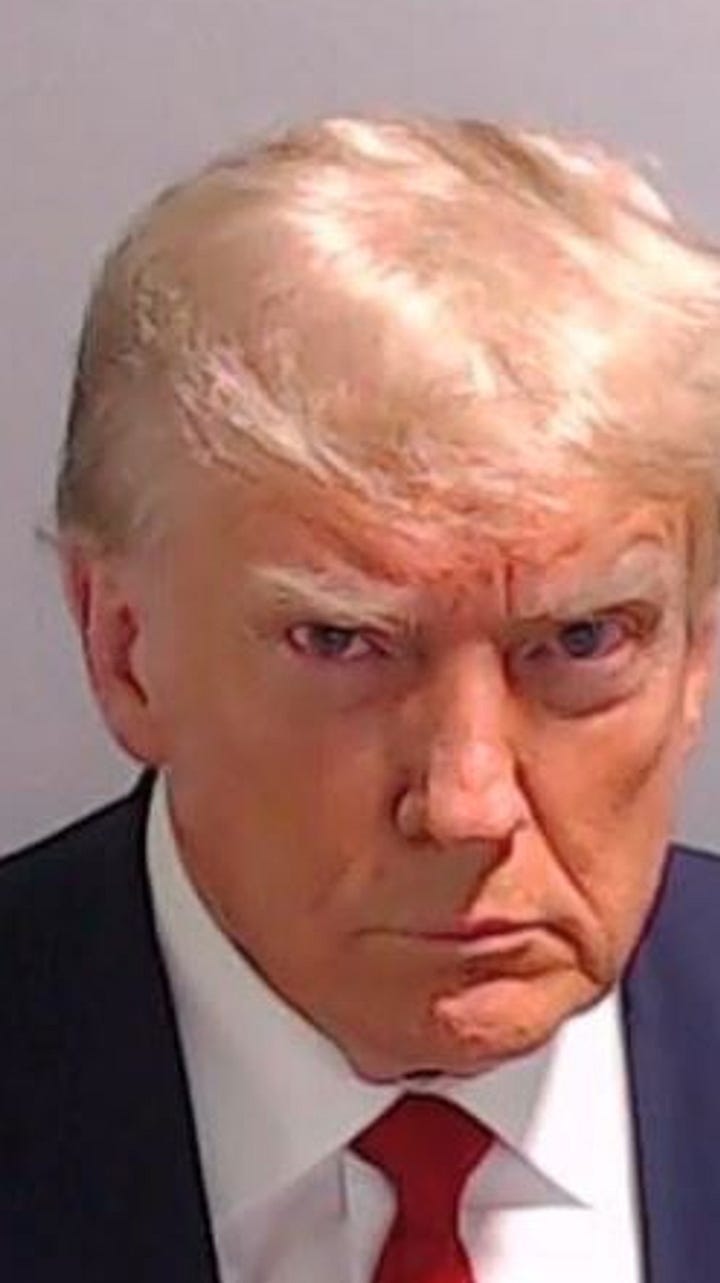

The star foretold …
Craftsman even got the color sort-of right.
If you need more proof, then God help you because I am out of ideas.
I saw the sign and it opened up my eyes, I saw the sign.









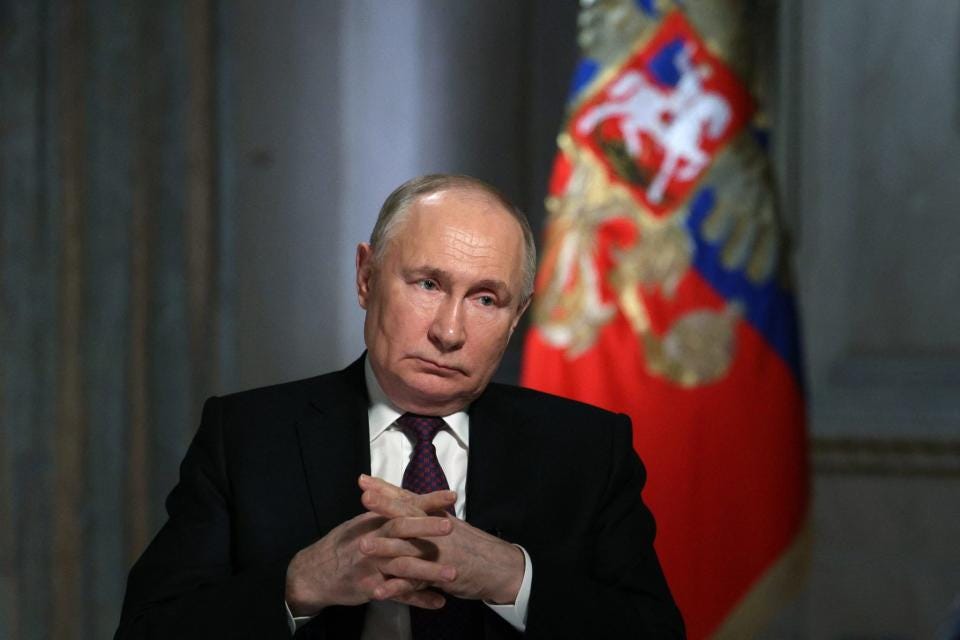
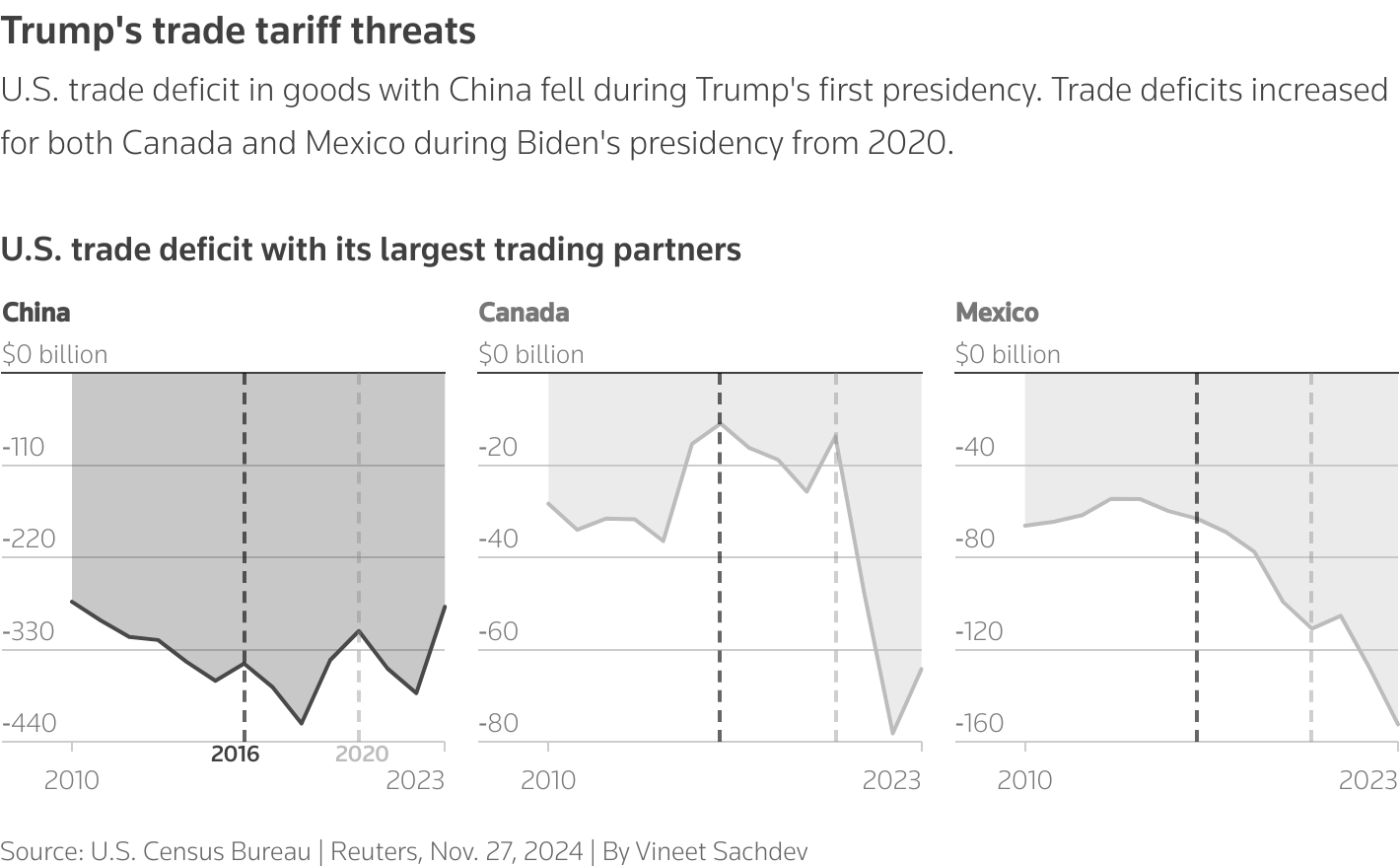
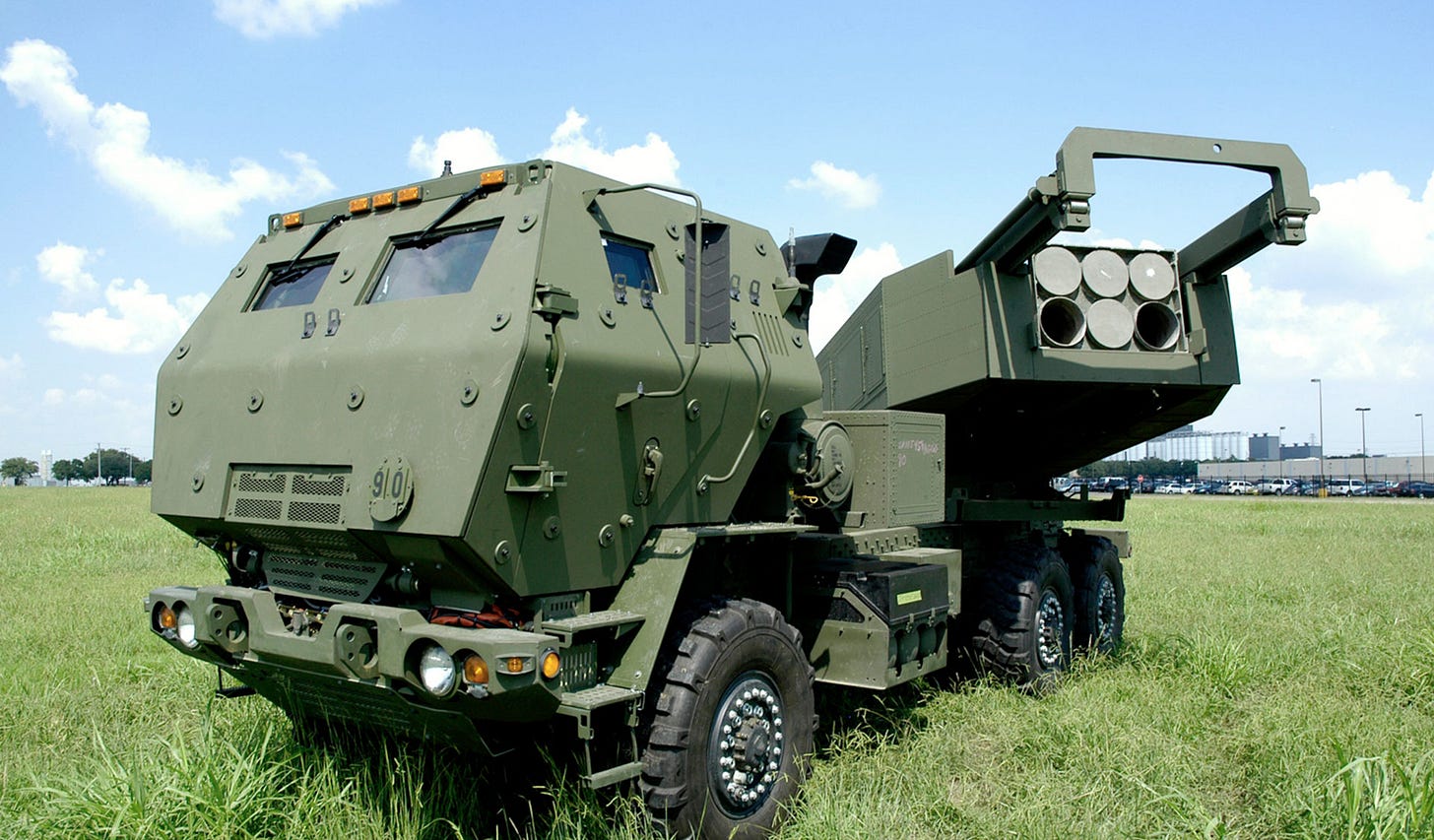



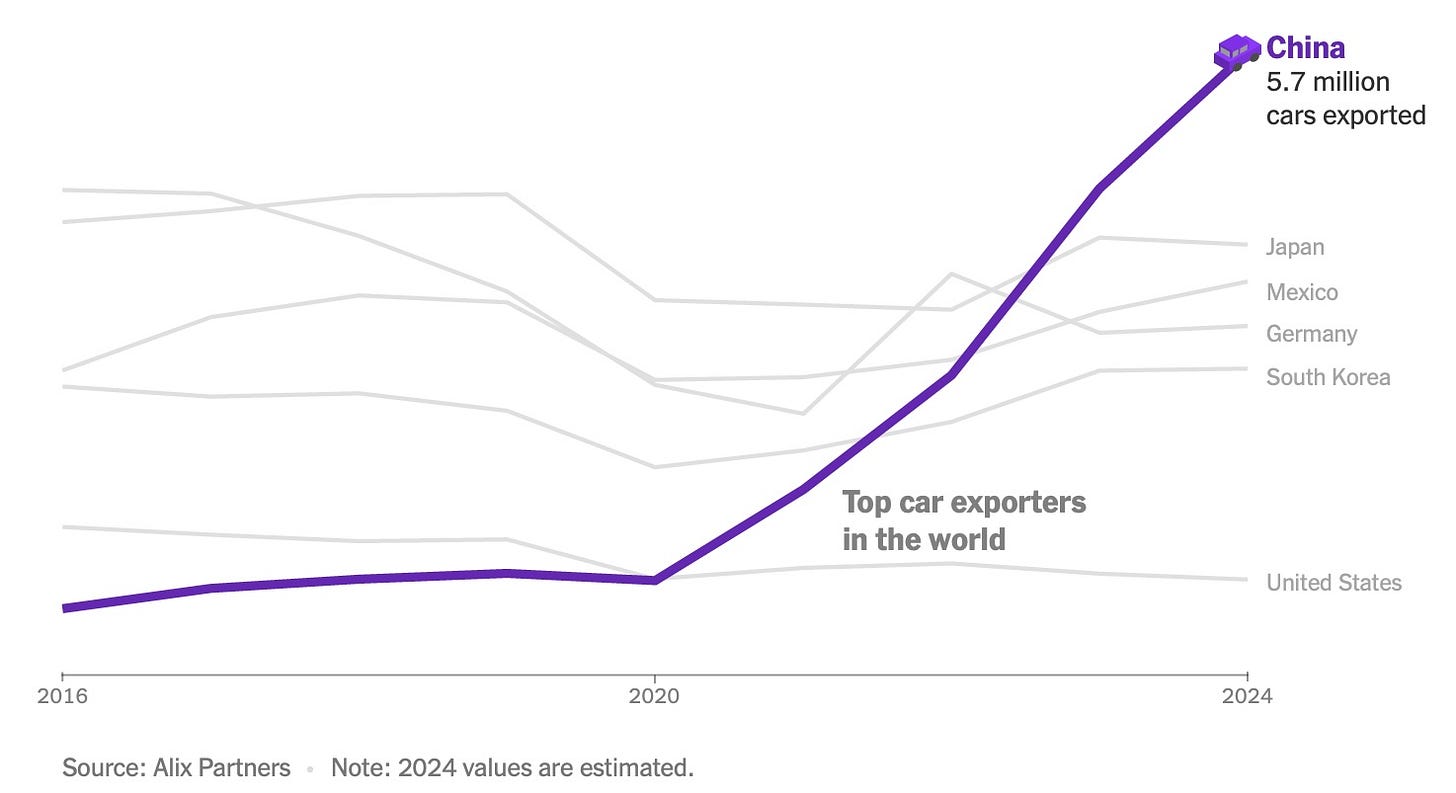



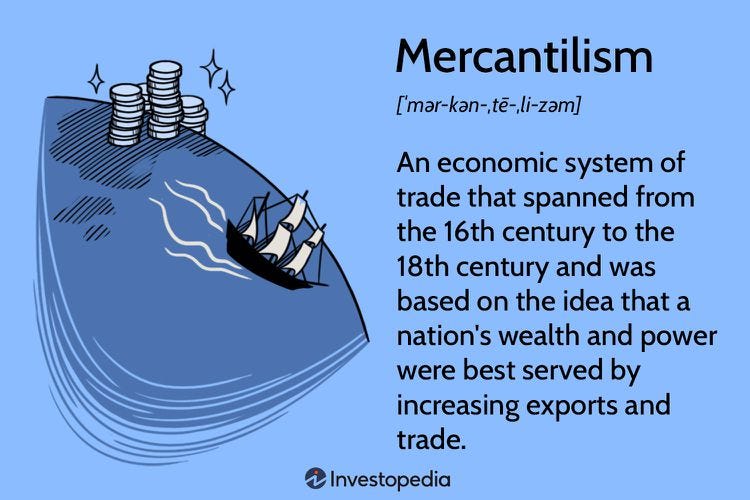





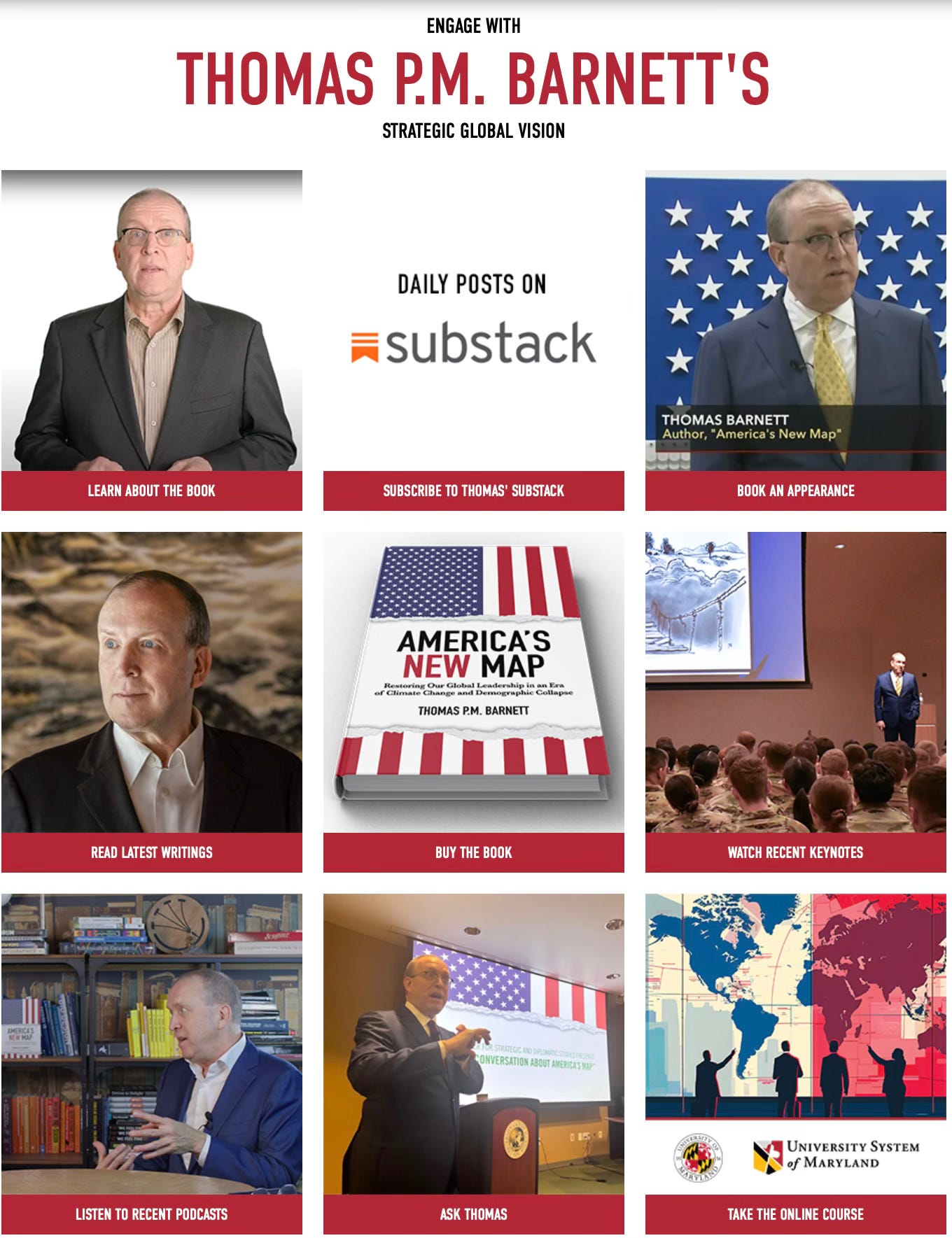

"The rich don’t come close to paying their fair share, because we collectively let them get away with it."
—
I have a far, far more simpler answer, close to the 'salt of the earth' types. It applies to the US, Canada, Mexico, Europe, Asia, everywhere, every country more or less.
Ready?
Here it is ~ people are afraid of (in no particular order):
- penalty fees;
- rap sheet attached to their name;
- police;
- intelligence agencies, enforcement agencies;
- prosecutors, judges, and lawyers;
- prisons & their wardens;
- death.
As long as people fear those, of course the "we collectively let them get away with it" will remain as is, yet not in the way one would think to pinpoint the blame.
I wonder if the Georges – specifically George III – are envious beyond the grave that they didn't thought, instead of the Stamp Act & the other acts, they'd impose a fee for "parking" your horse in a particular area. Couple of times more, then have your horse under asset forfeiture for breaking the law.
Or have redcoats stare 24/7 in the market & public squares.
Or badmouth in the press the revolutionaries for behaving against the national security interests of the people & crown.
One could wonder how the enforcement framework would've worked retroactively, if a revolution could've been done at all – and instead of reading citizen Thomas Barnett's substack, I'd be reading instead Thomas Barnett VIII 's online chronicle about HM grand strategies in the empire & commonwealth.